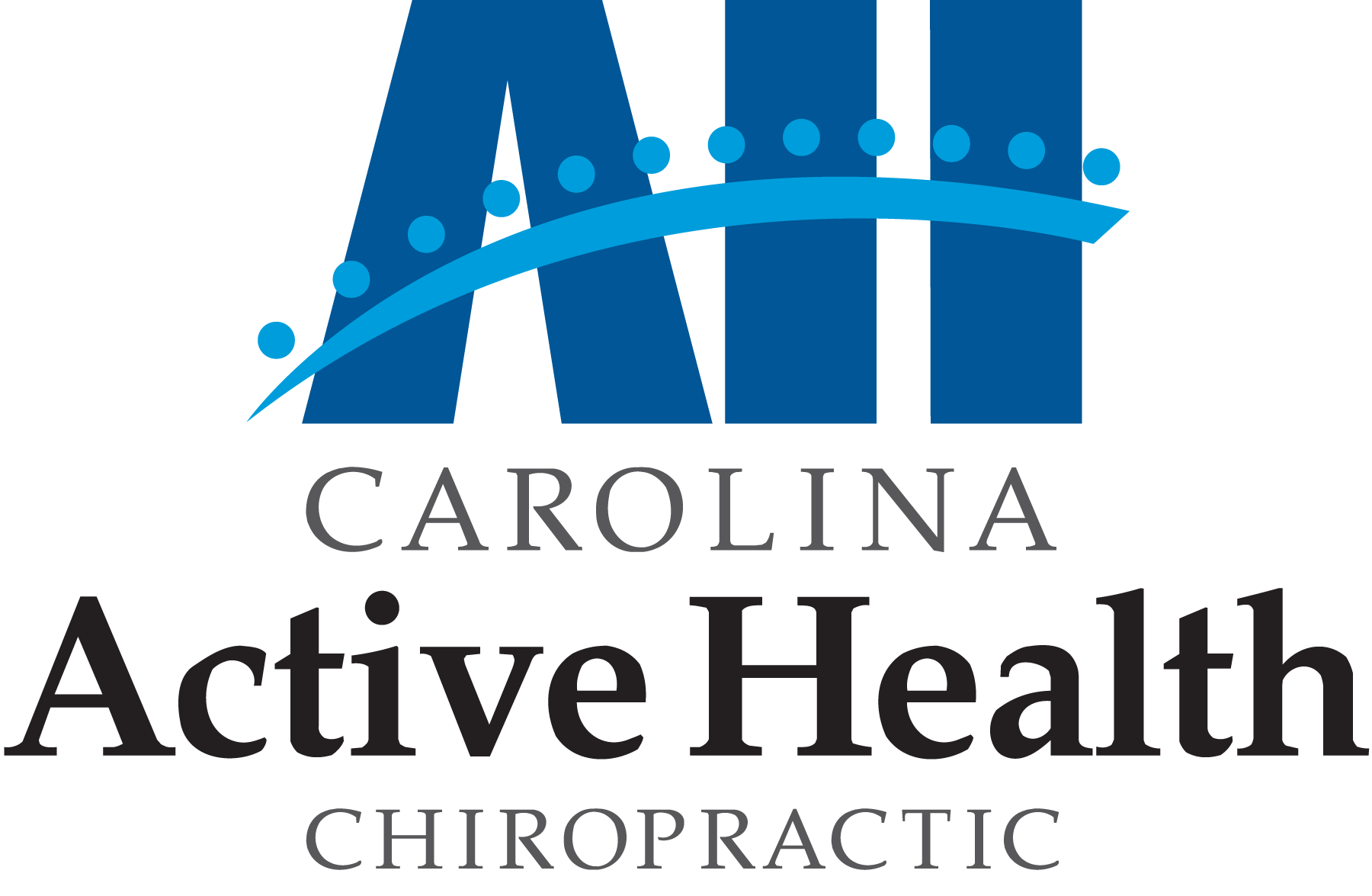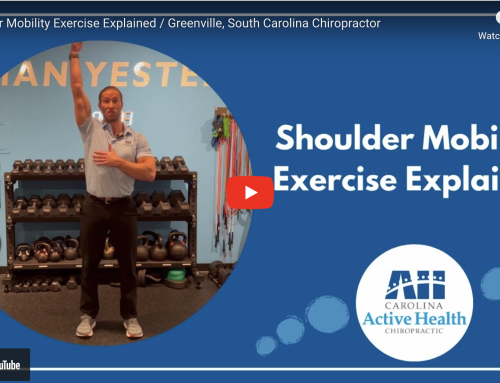
New Guidelines for Prescription Opioids Promote Conservative Healthcare
The U.S. is currently facing an opioid overdose epidemic and for chiropractic physicians in particular, it’s important to increase awareness and prevent abuse. The Centers for Disease Control (CDC)’s new guidelines, issued in March of this year, are working to stem the epidemic and encourage conservative options first for patients experiencing symptoms of pain. For a patient, understanding the value of exhausting non-invasive, non-pharmaceutical approaches for pain management is critical.
The Opioid Overdose Epidemic
The growing reliance on prescription medications for pain has been a huge concern for chiropractic physicians because they can be addictive, costly and potentially deadly. According to the CDC, overdoses from prescription opioid pain relievers are a significant driving factor in the 15-year increase of opioid overdose deaths. In addition, the amount of prescription opioids sold in the U.S. has nearly quadrupled, yet there has not been a significant change in the amount of pain that Americans report. Pain management and opioid abuse go hand in hand. In fact, primary care physicians, practicing in outpatient settings, are responsible for prescribing more than half of all opioids used in the U.S. Because of these findings, the new guidelines put in place offer a framework for primary care physicians when treating patients with chronic pain.
New Guidelines Issued
The new guidelines introduced by the CDC on March 16, help to ensure patients have access to safer, more effective chronic pain treatment, while reducing the number of overdoses by using opioids. More specifically, the guidelines involve a set of recommendations that focus on the use of opioids in treating chronic pain, or pain lasting longer than three months, outside of active cancer treatment, palliative care and end-of-life care. Specific clinical practices addressed in the guidelines include:
-
Determining when to initiate or continue opioids for chronic pain;
-
Opioid selection, dosage, duration, follow-up and discontinuation;
-
Assessing risk and addressing harms of opioid use.
Why You Should Try Conservative Options First
Chiropractic physicians, who are trained and educated to assist in the management of acute and chronic pain, are urging patients to consider conservative methods first for a number of reasons. As American Chiropractic Association (ACA) President David Herd states, “There are effective conservative treatments that help many patients lessen reliance on addictive painkillers and get back to their normal lives and activities.” Traditional treatment methods, combined with integrative strategies and state-of-the-art techniques can provide needed relief for the ongoing symptoms of pain as well as the underlying causes. Prescription drugs that numb pain may convince a patient that a musculoskeletal condition is less severe than it actually is, or that it has healed. These misconceptions can then lead to over-exertion and even permanent injury. In addition, chiropractic treatment methods are cost-effective and provide a safer approach over potentially addictive medications and invasive procedures, such as surgery.
It’s important to understand the high risks of turning to prescription medication before exploring conservative options first. Make an appointment with us today at http://www.carolinaactivehealth.com/contact-us/ to discuss your options.








